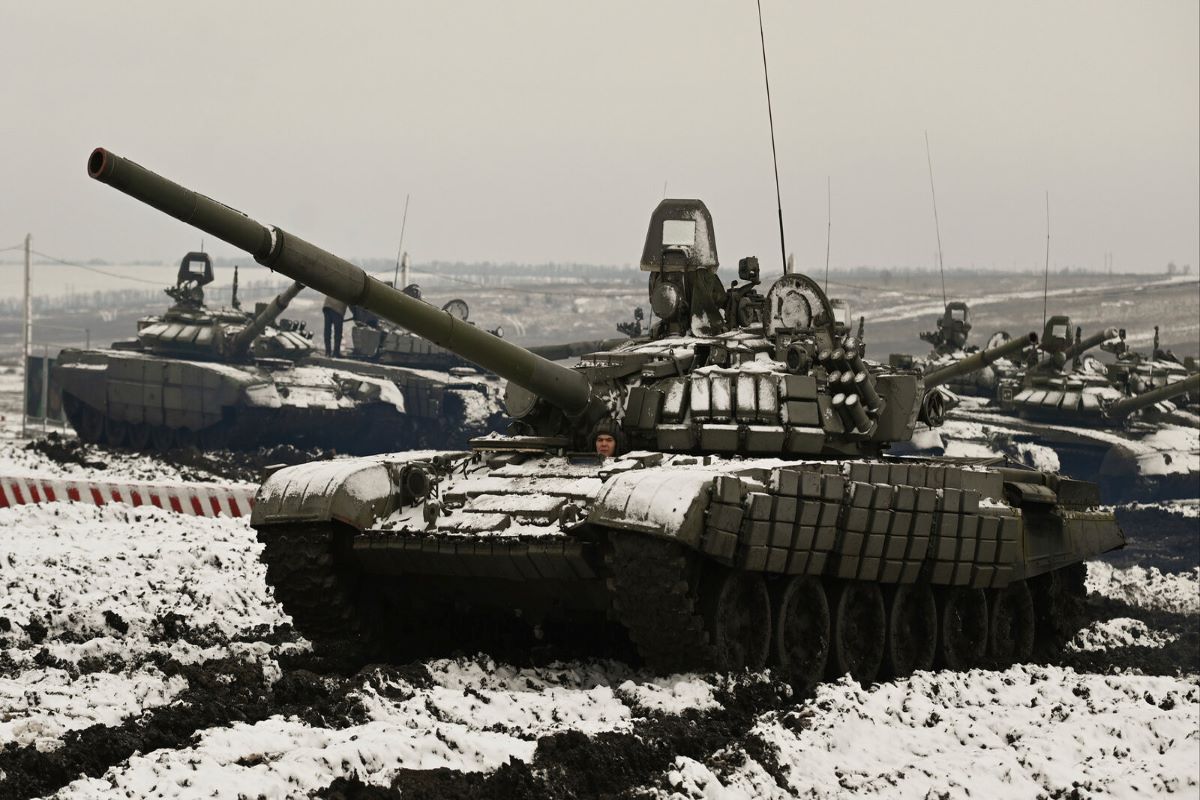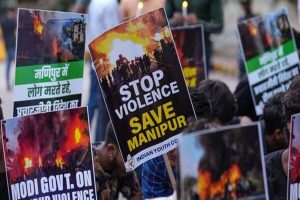Seemingly contradictory signals were emitted on either side of the Atlantic on Friday when President Joe Biden geared up to gather Nato allies over the phone to discuss the situation in Ukraine and, at another remove, President Vladimir Putin planned to preside over the launch of nuclear-capable missiles in drills that will showcase the country’s most destructive weapons.
Russia’s preparations are in a sense reminiscent of Iraq’s suspected weapons of mass destruction that had spurred the Anglo-US invasion of March 2003. Clearly, Mr Biden’s direly urgent diplomacy and Mr Putin’s show of strength are testament to the increasing tensions between Russia and the West that now threaten to escalate to the level of all-out conflict. Indeed, fighting had escalated on Thursday along a volatile frontline between Ukranian forces and Russia-backed separatists in eastern Ukraine.
Advertisement
It is the kind of situation that the Biden administration says Moscow could use as a pretext to launch a wider invasion. In the reckoning of the White House, Russia is poised to attack Ukraine “within days”. Although the Kremlin insists that it has no such plans, it has vowed to mount a “tough response” if the United States and its Nato partners do not “roll back” their presence in eastern Europe. Russia’s planned drills will include the launch of ballistic and cruise missiles. The drills will test Russia’s strategic nuclear forces, notably the land-based launchers, bombers and warships used to deliver nuclear weapons. These will include the Black Sea fleet, which has been engaged in large-scale exercises in the region bordering Ukraine.
The Kremlin has announced that Mr Putin will preside over the exercise from what they call a “situation centre”. The Defence ministry said that the drills were planned in advance, and were not intended to stoke tensions. But they will be conducted at a critical juncture in the overwhelming standoff over the former Soviet satellite of Ukraine. It appears that high-level diplomacy is in competition with military manoeuvers. Hence perhaps the fragile calm early on Friday after a night that was marked by explosions and gunfire along a 250-mile stretch of land that separates the forces of Ukraine and Russia.
As the events play out, officials in Russia, the United States and Ukraine are trying to shape the narrative. US officials said they were “watching closely” out of concern that Russia could exploit the violence in eastern Ukraine as a pretext to launch an invasion. Secretary of State Antony Blinken told the UN Security Council on Thursday that Russia “planned to manufacture a pretext for attack”, possibly with a “so-called terrorist attack”. Such an eventuality, it is feared could be a “terrorist bombing or a fake, even a real, attack with chemical weapons”. While the flurry of diplomacy is almost unprecedented, the outlook is much too frightful to imagine. Ukraine is on a powder-keg, as it has now been for days.











